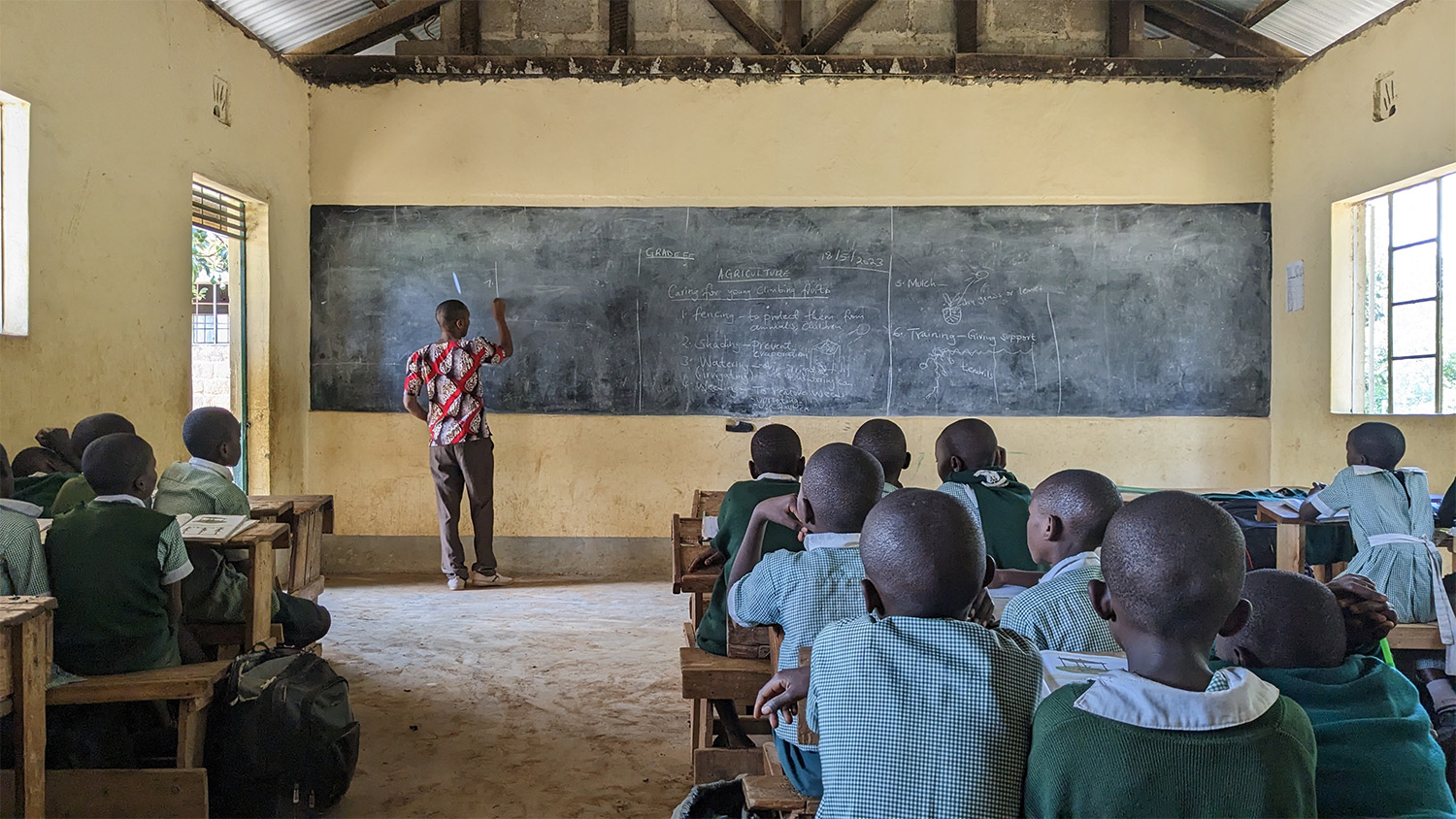Looking Through Light Years
An NC State researcher gets a first look at results from the state-of-the-art James Webb Space Telescope.

A team from NC State is part of an international program that is using the information captured by the James Webb Space Telescope to learn how galaxies formed some 13 billion years ago and then evolved over time.
The team includes Rongmon Bordoloi, an astrophysicist and assistant professor in the Department of Physics, along with postdoc and graduate students. They join an international team comprised of researchers from MIT, ETH Zurich in Switzerland and Nagoya University in Japan. “Our team will be some of the first people in the world to utilize this amazing new telescope and look at some of its first observations,” Bordoloi says.
The team is charged with understanding, as Bordoloi explains, “how gas actually falls onto a galaxy and forms the next stars.” They will look at the images captured from the new telescope’s launch in December 2021 to unpack that question, and try to compose what Bordoloi calls the “first census” of the markers of gas activity over galaxies, which are known as “diffuse baryons.” That tally should allow Bordoloi and the team to address some fundamental questions: “What did the early universe look like? When did the first stars and galaxies form? How did the first galaxies evolve over time to form the Milky Way like galaxies today? How do stars form and die, and do their deaths impact the surrounding medium?”


